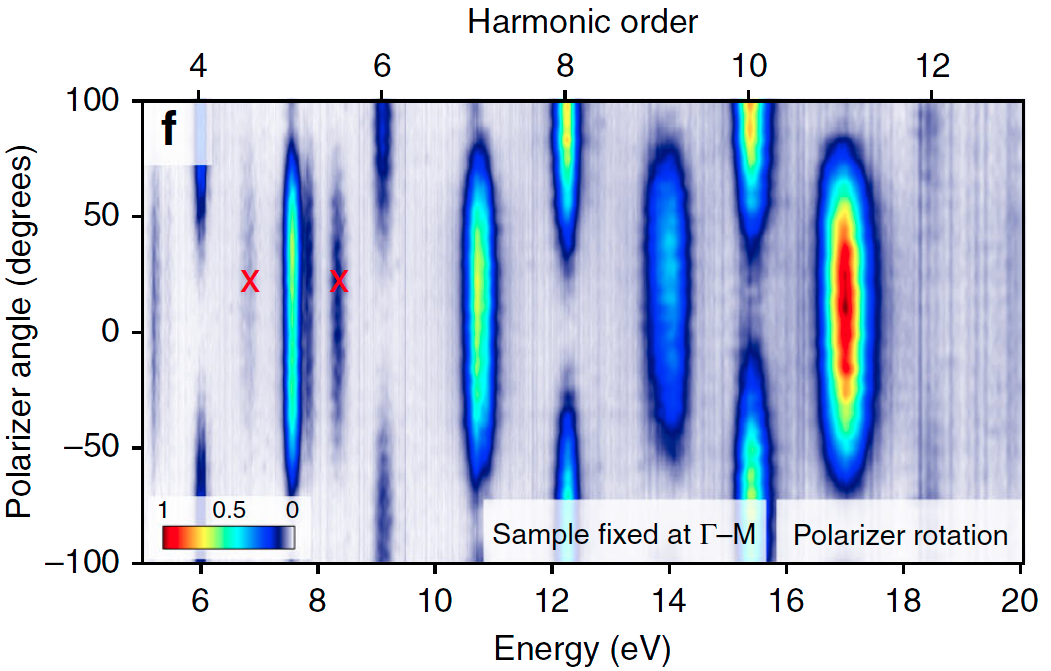One attosecond is one billionth billionth of a second: 1 as = 10 -18 s. To put things in perspective, one attosecond to one second is similar as one second to the age of the universe.
Attosecond science, a recently established research field that is overarching, relating the various traditional subjects (physics, chemistry, biology, material sciences, etc.), holds strong promise to this regard. It does not only provide these tools, but also to enable the possibility of pushing ultrafast science to the ultimate limit, namely, exploring unprecedented regimes, allowing scientists to verify existing theoretical foundation and possibly to acquire new fundamental knowledge. We have seen that the high-order harmonics generation can be created from strong-field driven electronic dynamics. The newly generated electric fields contains information of the ultrafast electronic dynamics that created them. Hence, study of these emitted photons might give us hints into the electronic properties and dynamics inside condensed media.
High-harmonic spectroscopy of probes lattice dynamics
The probing of coherent lattice vibrations in solids has conventionally been carried out using time-resolved transient optical spectroscopy, with which only the relative oscillation amplitude can be obtained. Using time-resolved X-ray techniques, absolute electron–phonon coupling strength could be extracted. However, the complexity of such an experiment renders it impossible to be carried out in conventional laboratories. Here we demonstrate that the electron–phonon, anharmonic phonon–phonon coupling and their relaxation dynamics can be probed in real time using high-harmonic spectroscopy. Our technique is background-free and has extreme sensitivity directly in the energy domain. In combination with the optical deformation potential calculated from density functional perturbation theory and the absolute energy modulation depth, our measurement reveals the maximum displacement of neighbouring oxygen atoms in α-quartz crystal to tens of picometres in real space. By employing a straightforward and robust time-windowed Gabor analysis for the phonon-modulated high-harmonic spectrum, we successfully observe channel-resolved four-phonon scattering processes in such highly nonlinear interactions. Our work opens a new realm for the accurate measurement of coherent phonons and their scattering dynamics, which allows for potential benchmarking ab initio calculations in solids.
High-harmonic spectroscopy of condensed media

Berry phase and Berry curvature have become ubiquitous concepts in physics, relevant to a variety of phenomena, such as polarization, various Hall effects, etc. Studies of these phenomena call for characterization of Berry phase or curvature which is largely limited to theory, and a few measurements in optical lattices. In this work, we report polarimetry of highharmonic emission from solids and exploit this novel capability to directly retrieve the Berry curvature of α-quartz. We show that the two manifestations of broken inversion symmetry in solids lead to perpendicular or parallel polarization of even harmonics with respect to the driving field. Using semiclassical transport theory, we retrieve the Berry curvature from spectra measured in perpendicular polarization, the results being supported by ab initio calculation. Our work demonstrates an approach for the direct measurement of Berry curvature in solids, which could serve as a benchmark for theoretical studies.
Related publications:
- J. Zhang, Z. Wang, F. Lengers, D. Wigger, D. E. Reiter, T. Kuhn, H. J. Wörner, & Tran Trung Luu High-harmonic spectroscopy probes lattice dynamics, Nature Photonics, DOI: 10.1038/s41566-024-01457-4 (2024). Read only version is here
- Tran Trung Luu, H. J. Woerner, Measurement of the Berry curvature of solids using high-harmonic spectroscopy, Nature Communications, vol. 9 (1), 916, (2018).
- Tran Trung Luu*, M. Garg*, S. Y. Kruchinin, A. Moulet, M. T. Hassan, and E. Goulielmakis. Extreme ultraviolet high-harmonic spectroscopy of solids, Nature, vol. 521, no. 7553, pp. 498- 502, (2015).
- Tran Trung Luu*, Z. Yin*, A. Jain, T. Gaumnitz, Y. Pertot, J. Ma, H. J. Woerner, Extreme–ultraviolet high–harmonic generation in liquids, Nature Communications, vol. 9 (1), 3723, (2018).
- Tran Trung Luu, H. J. Woerner, High-order harmonic generation in solids: a unifying approach, Physical Review B, vol. 94 (11), 115164, (2016).
- Tran Trung Luu, H. J. Woerner, Observing broken inversion symmetry in solids using two-color high-order harmonic spectroscopy, Physical Review A, vol. 98 (4), 041802, (2018).